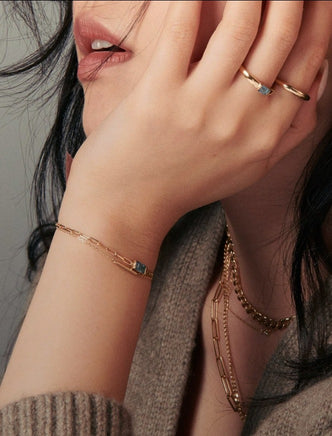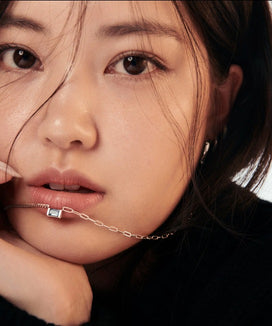Welcome to our store
What Are Gemstones?
Gemstones are minerals, rocks, or organic materials that, when cut and polished, are used in designer jewelry and decorative items. They are prized for their rarity, durability, and vibrant colors, and are often associated with cultural and historical significance. Many gemstones are also believed to carry specific metaphysical properties, making them meaningful as well as beautiful.
The term “gemstone” includes both precious and semi-precious stones. Precious gemstones, like diamonds, rubies, sapphires, and emeralds, are rarer and typically more valuable, while semi-precious gemstones like amethyst, topaz, and garnet are more common but still highly sought after for their beauty and variety.
1. Precious Gemstones
- Diamond: The most famous and valuable gemstone, known for its unmatched brilliance and hardness. Diamonds are often used in engagement rings, wedding jewelry, and anniversary jewelry. Lab-grown diamond jewelry is also becoming popular for its ethical and sustainable qualities.
- Ruby: Famous for its deep red hue, rubies symbolize passion and love. They are often featured in statement jewelry, rings for women, and gemstone earrings.
- Sapphire: Known for its vibrant blue color, though it can come in other shades, sapphire represents wisdom and loyalty. It’s commonly found in promise rings, vintage rings, and gold necklaces.
- Emerald: Known for its rich green color, emeralds are associated with fertility and rebirth. They are often used in custom rings and silver necklaces.
2. Semi-Precious Gemstones
- Amethyst: A purple gemstone known for its calming properties, often used in fashion jewelry and silver rings.
- Topaz: Available in a range of colors, topaz is known for its versatility and is commonly found in cocktail rings, pendant necklaces, and gemstone rings.
- Garnet: A deep red stone symbolizing trust and friendship, popular in birthstone rings and custom earrings.
- Opal: Known for its shifting colors, opals are prized for their unique appearance and are often seen in contemporary jewelry designs like bohemian necklaces and statement rings.
1. Color
The color of a gemstone is one of the most important factors in determining its value. The finest gemstones exhibit vivid, saturated colors that are evenly distributed throughout the stone. For example, the most valuable sapphires are deep blue, while rubies should be a rich, blood-red hue.
2. Clarity
Clarity refers to the absence of inclusions or blemishes inside the gemstone. Gemstones with fewer inclusions are rarer and more valuable. Inclusions can affect the gemstone’s appearance, but sometimes they are used to confirm the stone’s authenticity.
3. Cut
The cut of a gemstone influences how it reflects light and, ultimately, how it sparkles. A well-cut gemstone will have a balanced symmetry and reflect light beautifully. Popular cuts for gemstones include round, oval, pear, and emerald.
4. Carat Weight
Carat refers to the weight of the gemstone, with one carat equaling 0.2 grams. Larger gemstones are rarer and more valuable, though the quality of the stone is also crucial.
1. Gemstone Rings
Whether you're looking for engagement rings, promise rings, or stackable rings, gemstone rings offer versatility and elegance. Popular gemstones for rings include diamonds, sapphires, rubies, and emeralds, but semi-precious stones like amethyst and topaz are also great choices for fashion rings and birthstone rings.
2. Gemstone Necklaces
From choker necklaces to layered necklaces, gemstone necklaces come in many styles. For a classic look, choose a solitaire necklace with a single gemstone. Custom necklaces are also a great option if you want something personalized and unique.
3. Gemstone Earrings
Gemstone earrings, like stud earrings, hoop earrings, and dangle earrings, add a touch of glamour to any outfit. They are available in a wide range of styles, from minimalist earrings to more elaborate statement earrings and chandelier earrings.
4. Gemstone Bracelets
From charm bracelets to bangle bracelets, gemstone bracelets offer a sophisticated yet fun way to incorporate gems into your jewelry collection. Popular styles include stackable bracelets and personalized bracelets.








